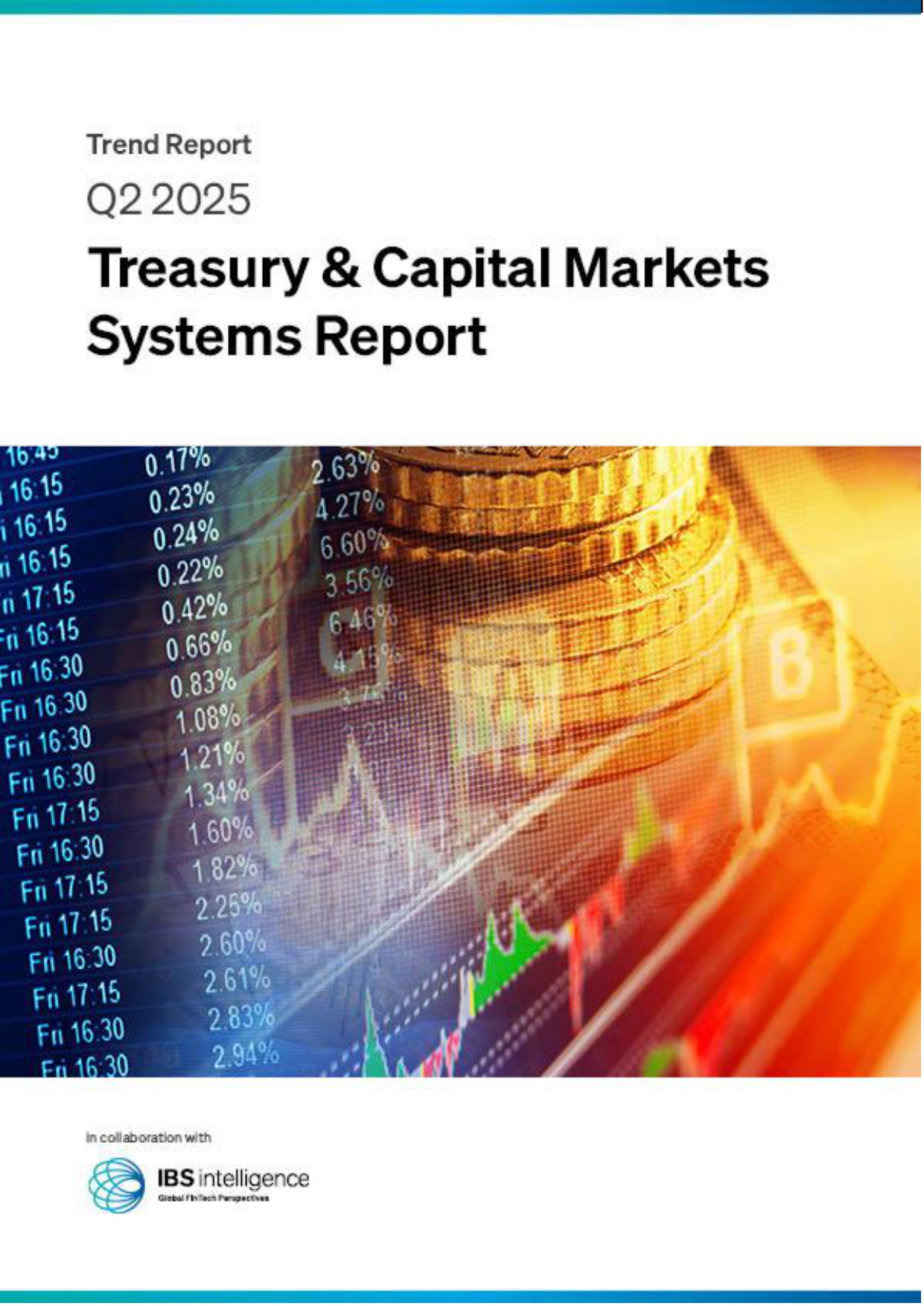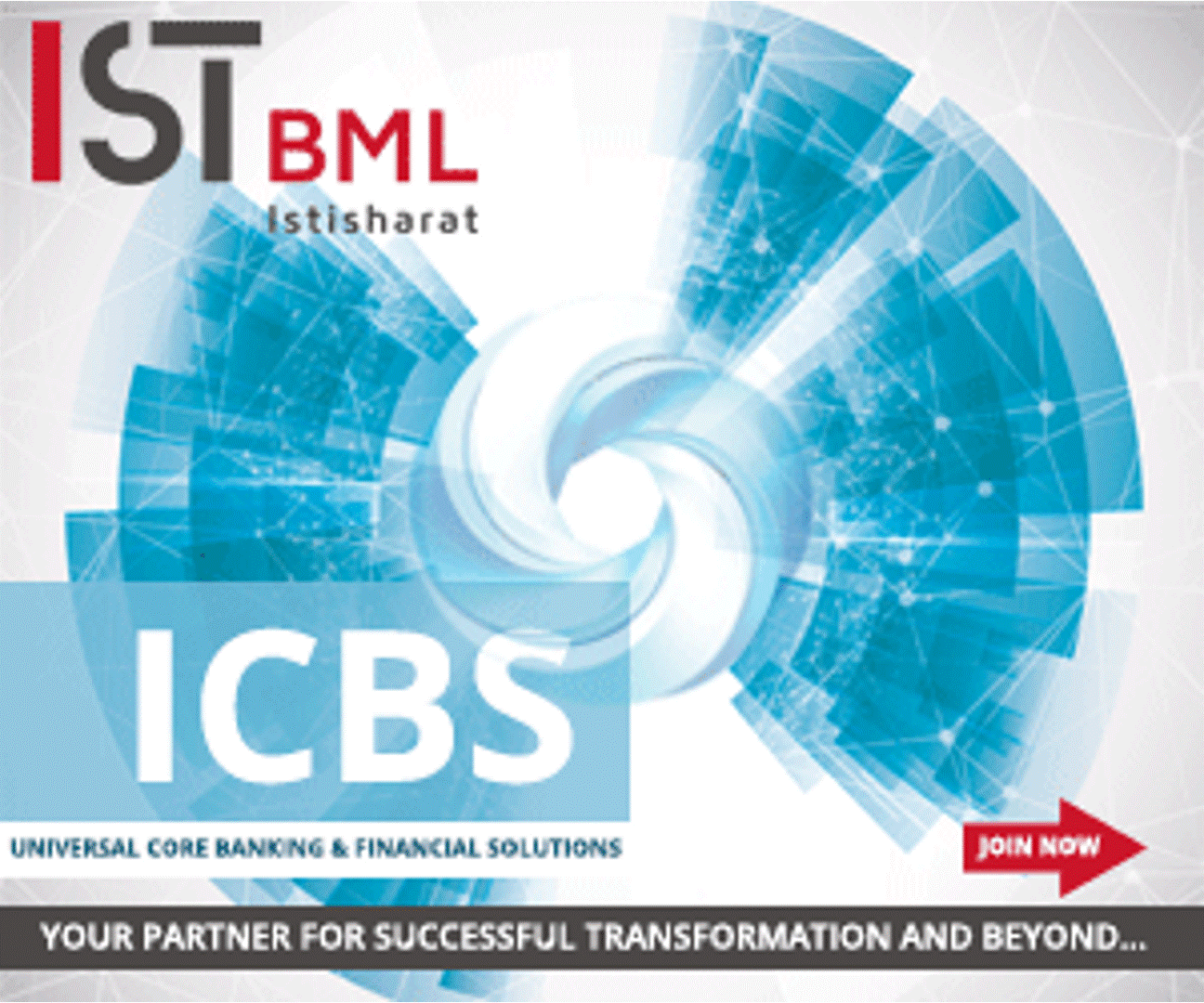 Back
Back
Fed issues guidelines for central banks to review accounts and payment requests
By Puja Sharma
The US Feds announced the final guidelines to establish a transparent, risk-based, and consistent assessment to use in reviewing requests to access the Federal Reserve.
The Federal Reserve Board announced final guidelines that establish a transparent, risk-based, and consistent set of factors for Reserve Banks to use in reviewing requests to access Fed Reserve accounts and payment services. The final guidelines are substantially similar to those proposed by the Board in its May 2021 proposal and March 2022 supplemental proposal.
A seamless, secure, and innovative payment system can be supported by these guidelines, according to Vice Chair Lael Brainard.
In recent years, a growing number of institutions have sought access to Federal Reserve Bank accounts – often called “master accounts” – and payment services. These guidelines will provide Reserve Banks with a consistent and transparent method of evaluating those requests.
The new guidelines include a tiered review framework to provide additional clarity on the level of due diligence and scrutiny that Reserve Banks will apply to different types of institutions with varying degrees of risk.
To fulfill their basic banking needs, these entities are forced to turn to Federal Reserve member banks for fiat banking services. The establishment and maintenance of these arrangements have proven extremely challenging, particularly where the entity is engaged in a “high-risk” business like digital assets.
For example, institutions with federal deposit insurance would be subject to a more streamlined level of review, while institutions that engage in novel activities and for which authorities are still developing appropriate supervisory and regulatory frameworks would undergo a more extensive review. In response to public comments, the tiered review framework in the final guidelines was refined to provide more comparable treatment between non-federally insured institutions chartered under state and federal law.
This is a fairly significant correction to the current system if adopted. It solves for a problem that has existed for some time —namely, that state-chartered special purpose banks have been barred by the Federal Reserve policy from establishing “master account” access to fiat central bank infrastructure operated and maintained by the Federal Reserve Banks.
Crypto Banks will now have access to the ‘master accounts’ based on a 3-tiered system. Adjustments were made to the 2021 guidelines to standardise equal guidance for reviewing requests from non-federally insured institutions chartered under state and federal law. The new system will supply additional explicitness of the level of assessments that the Reserve Banks will use to judge different institutions with varying degrees of risk.
This could also have significant consequences for stablecoin issuers. Stablecoins themselves are distributed and transferred on blockchain and therefore do not rely on legacy infrastructure. However, the assets backing certain stablecoins will likely need access to central bank services. The proposed update to guidance not only opens the door for issuers to enter into a direct relationship with the Fed but also raises the question of whether the Federal Reserve is positioning itself as the de facto prudential regulator for such issuers.
IBSi FinTech Journal
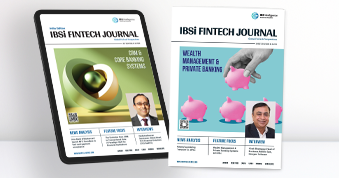
- Most trusted FinTech journal since 1991
- Digital monthly issue
- 60+ pages of research, analysis, interviews, opinions, and rankings
- Global coverage
Other Related News
Related Reports

Sales League Table Report 2025
Know More
Global Digital Banking Vendor & Landscape Report Q2 2025
Know More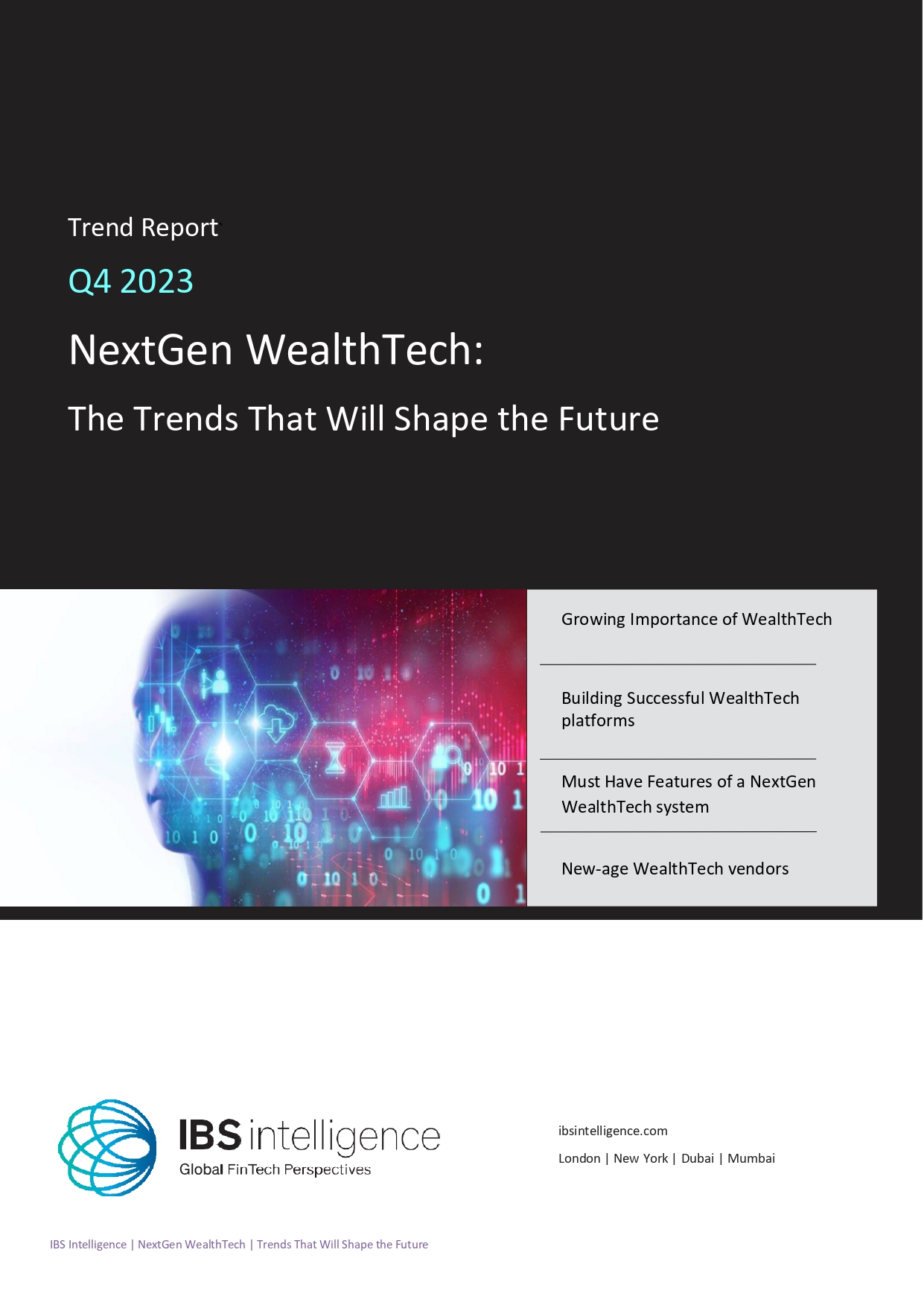
NextGen WealthTech: The Trends To Shape The Future Q4 2023
Know More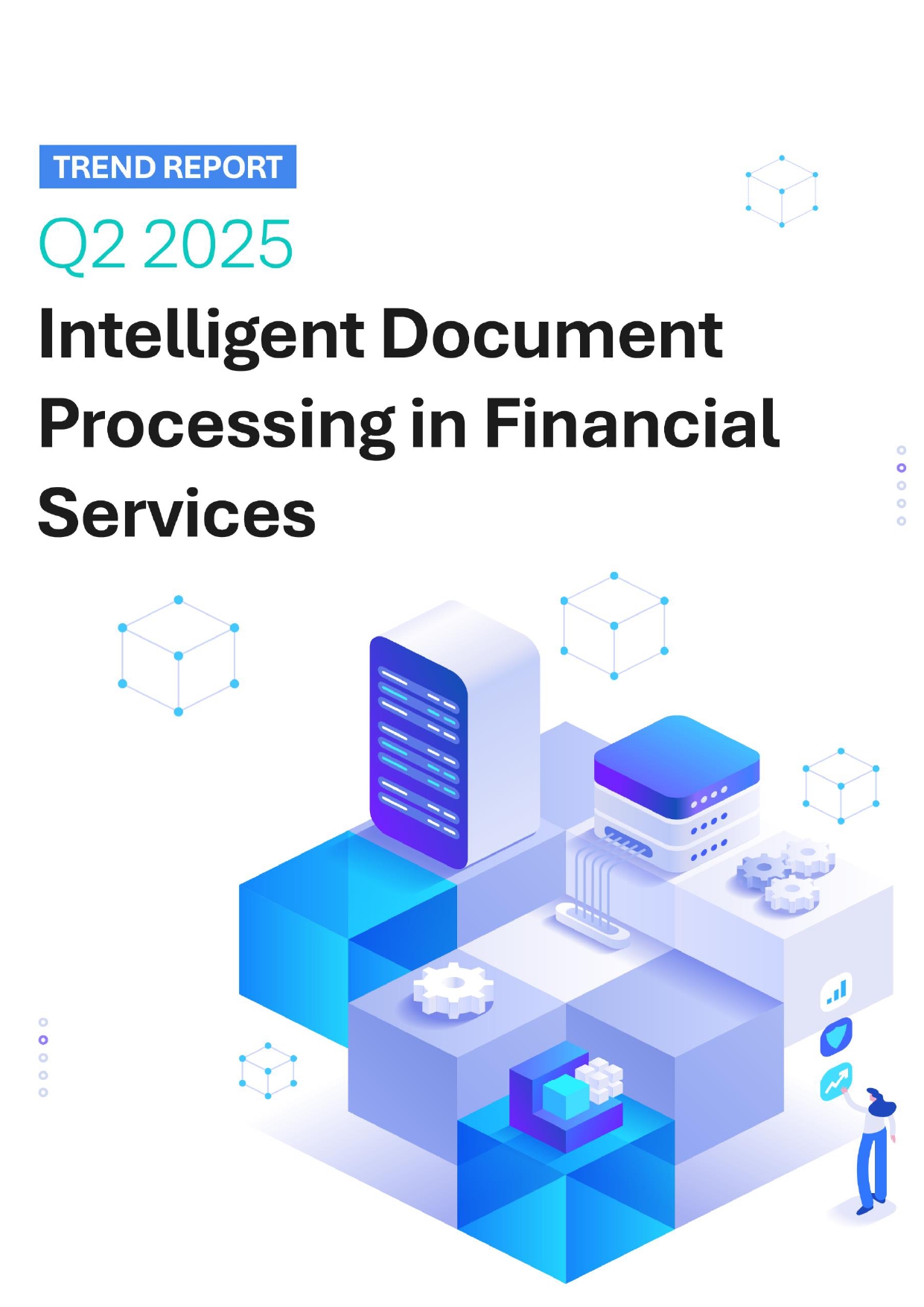
Intelligent Document Processing in Financial Services Q2 2025
Know More